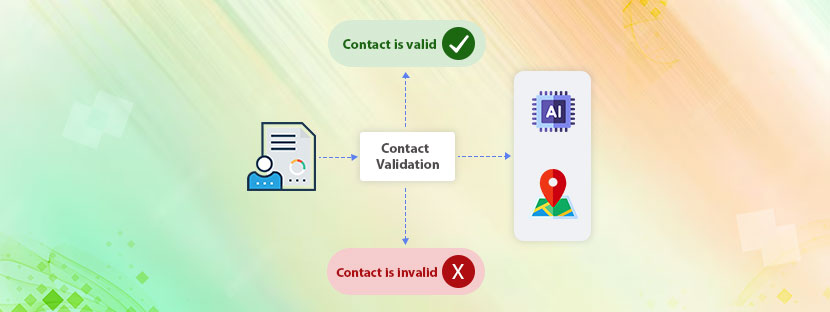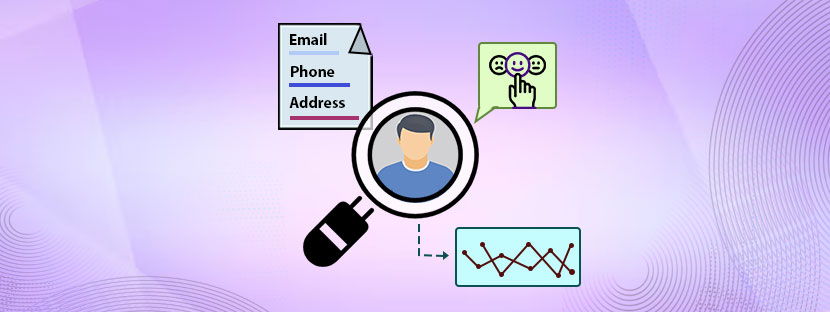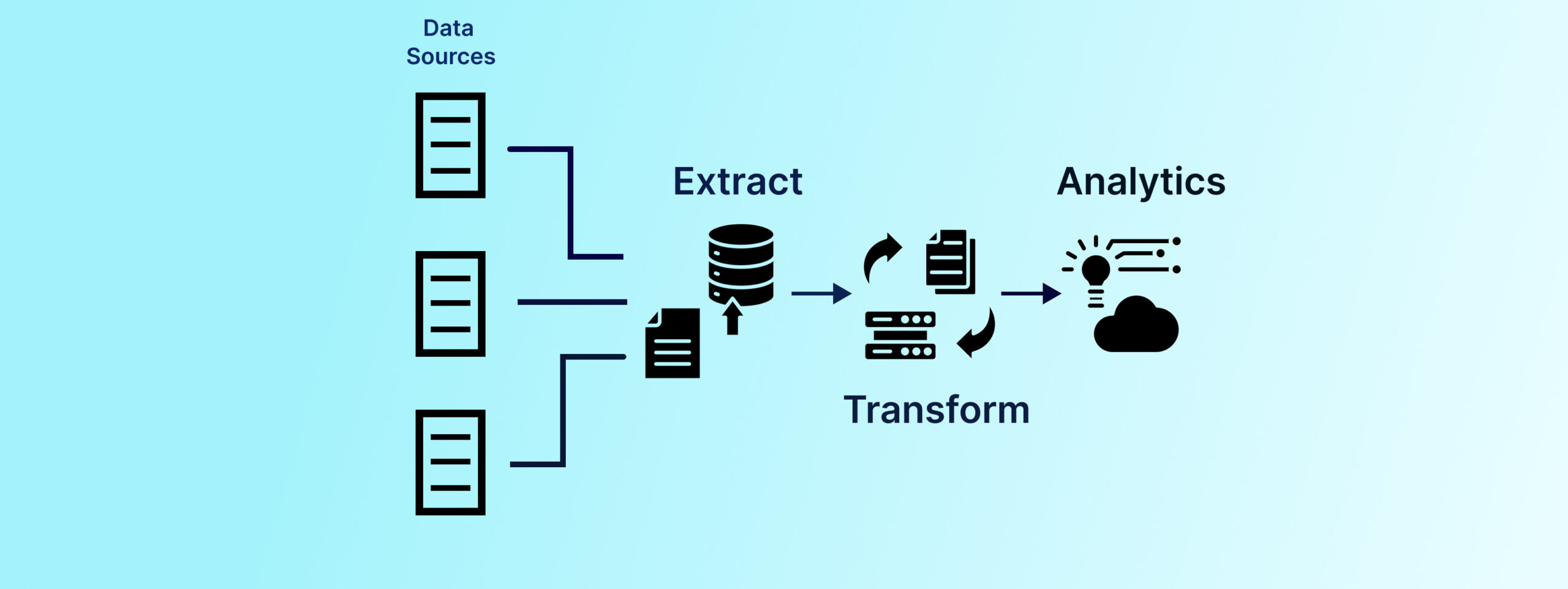In This Article
Do you know what is the technology behind the development of self-driving cars? Well, it is generally the development of computer vision where machines can see whatever is coming their way. But, how machines can see? It’s the practical application of Image Annotation for Computer Vision development.
Not only self-driving cars, but image annotation also helps in factory production lines, scanning medical images, and other areas. Well, it’s a fact that a computer vision application will work accurately depending upon the quality of image annotation. Also, annotated images teach computers what is in that picture or video. Therefore, the AI (Artificial Intelligence) system can make decisions depending upon it.
Do you know self-drive cars have created a record of driving 4 million miles with zero accidents or injuries? Isn’t it fantastic news? Well, total credit goes to the agency that proceeds the image annotation tasks with this much accuracy. Self-driving cars also use facial recognition technology, which helps in driving on roads in real-time.
However, Image Annotation for Computer Vision tasks is more complex than it looks. Besides the consumption of time, special skills along with a proper plan are a must here. But don’t worry! This blog aims to simplify the entire image annotation process only for you by clarifying the effective annotation techniques for computer vision. You will explore different types of image annotations processes and techniques in this piece.
Let’s begin!
A. Explaining Image Annotation
Image annotation is simply a practice to label images, which helps in training AI and Machine Learning (ML) models. Image labeling is a critical and main part of the image annotation process. Annotators use tools to label or tag images by quoting all information on the images. Therefore, the images will turn into structured data, which will help train ML models.
Image annotation is the first and basic step in developing computer vision technology. The process involves annotating labels to detect and recognize objects. You have two options to label images to fed Ml models, either through manual labeling or via AI-based annotation. The work to manage image annotation for Computer Vision systems requires a huge quality of image leveling. For that reason, companies nowadays outsource Tagging and Annotation Services for their help.
However, to help the annotation work, AI models do wonders as they help in creating an automated system to annotate images. Remember that, the quality of labeling is very much essential in annotating tasks. That’s why ML engineers handpick the labels before feeding them to the ML model. Besides quality, the accuracy of image annotation plays a critical role in training ML models.
B. Different Types of Image Annotations
Image annotation, a critical component in the realm of computer vision and machine learning, encompasses a variety of tasks. All these tasks are aimed at providing detailed insights into the elements present within an image. So, let’s check the types of image annotations in this section.
1. Image Classification
At the forefront of Image Annotation for Computer Vision is image classification. This is a fundamental process involving the broad categorization of objects such as cars, buildings, and traffic lights. Image classification as an initial classification sets the stage for the model to distinguish between different elements. Also, it lays the groundwork for subsequent and more intricate tasks in the annotation pipeline.
2. Object Detection
As the complexity of image content increases, so does the necessity for more specific annotations. Object detection emerges as a crucial task, going beyond broad categorization to pinpointing the nuances between similar objects. This involves meticulously identifying distinctions, such as differentiating between cars and taxis or discerning specific lanes within a given scene.
Object detection as a process of Image Annotation for Computer Vision enhances the model’s ability to make fine-grained decisions, enabling it to recognize and understand the unique characteristics of each object present in the image with the best image data validation techniques.
3. Boundary Recognition
The boundary recognition further refines the annotation process by providing precise information about an object. This includes details about colors, appearance, and spatial location, enriching the model’s understanding of the visual data.
For instance, in a traffic scene, boundary recognition might involve annotating a yellow taxi on a particular lane, offering a more detailed and nuanced description. This granular information becomes paramount, especially in applications where a comprehensive understanding of the visual elements is essential.
4. Object Tracking
The object tracking is another pivotal task within image annotation, specifically designed to identify and label things. The things include the presence, location, and count of objects across multiple frames. This proves to be invaluable in scenarios involving video footage and surveillance cameras.
Object tracking not only aids in counting and locating objects but also facilitates the study of movement patterns over time. It is a critical measure of Image Annotation for Computer Vision. This capability is particularly relevant in surveillance, where tracking and analyzing object movements contribute to enhanced security measures. The type of labeling maintains the accuracy of image annotation process.
5. Image segmentation
Under this type, the image is segmented into different parts, and each segment gets assigned pixels. All these segments represent different classes and objects. This type of AI-based annotation helps in many sectors, which we will explore later. Image segmentation has also different types, which are;
C. Effective Annotation Techniques for Computer Vision
With the development of modern technology, image annotation has become a key role player in providing computers with a vision. Image annotators across various industries use different data validation techniques for labeling images. Hence, you must understand different types of image annotations to understand how different industries use image annotation tasks.
1. Bounding Box
The 3D cuboid is another name for bounding boxes but it can be two-dimensional also. This technique of Image Annotation for Computer Vision is very effective and drives accurate results. Bounding boxes are one of the pioneer tools that efficiently help in training ML models through accurate labeling. Also, this technique is the reason behind the development of self-driving cars.
But let’s understand how this technique works. Under this technique, the annotator or robot will draw a box around a symmetrical target object. The object can be anything such as cars, light posts, pedestrians, etc. Bounding boxes label those objects and include information in that object so the machine can detect the objects.
2. Masking Technique
What do you observe when you switch the focus mode of your camera? Everything except the target becomes blurred. Right? Similarly to this, the masking technique blurs the undesired areas of the image or hides them. Therefore, the focus areas can become clear or draw attention. The accuracy of image annotation is not compromised in this way.
3. Landmarking Technique
Besides the other image annotation techniques, the landmarking technique is more intense. You can observe the image annotation examples technique maximum in sports analytics because it helps in annotating body position and alignments. Landmarking helps in recognizing facial features, emotions, and expressions also. This powerful Image Annotation for Computer Vision technique is doing wonders in sports analytics.
4. Polygon and Polyline
As we have seen bounding boxes annotate symmetrical objects, but what about asymmetrical objects? Well, polygons with their highlighted verticles help in annotating asymmetrical objects. This technique covers all irregular objects like trees, houses, landscapes, etc.
On the other hand, polylines are generally line segments, which annotate open spaces like roads. Polyline as a technique has wider applications, especially in annotating sidewalks, power lines, or any other landscape.
5. Tracking Technique
Taking aside images, how to annotate things that are continuously moving? Well, for that, a tracking technique will come into the picture, which will efficiently annotate an object that is moving. This efficient Image Annotation for Computer Vision technique helps to label an object’s movement across different frames in a video clip.
But how this technique will track the movement? This technique fills the movement and in the meantime interpolates the movement in the annotated frame. Therefore, nothing will get missed while capturing the object from the video.
6. Transcription Technique
Sometimes a video or image can contain multimodal information, so how an annotator can capture everything? So, the transcription technique comes into the picture at that time to capture multimodal information in one frame. Multimodal information includes images as well as texts and all of these get annotated with the help of transcription data validation techniques.
These all are different techniques for annotating objects from images and videos. Annotators usually combine all these techniques in their work. Even in an AI-based annotation system, you can observe a combination of all these techniques to manage image annotation tasks. With the help of these effective annotation techniques for computer vision, AI models are now doing wonders in different industries.
D. How Different Industries Use Image Annotation
The applications of Image Annotation for Computer Vision are huge and spread across different industries. At present, computer vision technology has effectively revolutionized the traditional operations of many industries. For preparing the data accurately developers prefer data cleansing and enrichment services mostly. Coming back to main topic, here are some image annotation examples of some industries that have effectively incorporated image annotation techniques.
1. Healthcare Industry
Visual data has become a key player in present-day medical operations. From MRI to radiology, images play the most critical functions in every phase of medical development. Not only patient treatment or diagnosis but also image data helps in developing training modules.
Do you know what is polygon technique and its application? It’s a part of blockchain technology that has entered in the medical field to record health data. Also, this technology is helping the ML models to identify different body parts and their deformities. Besides that, ML models are getting trained with thousands of labeled radio images with cancerous or non-cancerous spots.
This will lead the machines to detect cancerous spots automatically in the coming decades. Along with this, Image Annotation for Computer Vision is extremely powerful when it comes to developing AI diagnostics models. Here, machines are helping doctors to identify the exact disease and find appropriate treatment for it. Not only saving lives but also saving money for the patients spending on wrong treatments.
2. Retail Industry
Over the last few years, the application of image annotation in the retail sector has become wider. From managing the store to helping the customers, the application of image annotation is huge. Retail stores use 2D bounding boxes to annotate images so customers can find products easily at stores. With the help of AI models, retail stores are helping customers meet their needs.
Besides helping customers, the trained ML or AI models are helping in product refilling and reordering. Many retailers have deployed piloting robots in their stores that will collect information by scanning the images. These robots efficiently scan the barcodes to read the product information correctly and help retailers manage the store. Also, these robots are capable of reading product information because of image transcription.
3. E-commerce Industry
Besides retail, the e-commerce industry is one of such industries that has accepted the ML models to operate their function. With the help of Image Annotation for Computer Vision, these ML models get the training. Therefore, these models provide a better and more impactful shopping experience for customers.
Because of image annotation, these ML models can efficiently recognize all products that are available for sale. Also, this computer vision algorithm is helping products to become searchable with the help of image annotation examples. People can search for the product by clicking a similar picture of that product. Besides that, ML models with the power of image annotation also help in maintaining product databases and product catalogs.
4. Agriculture Industry
The application of image annotation has widely spread in the agriculture industry. To build robust AI models for agriculture, annotating the images of land from aerial or satellite is important. Many companies are investing in this sector to build AI models where cameras can help in detecting weeds.
Picture this, cameras are efficiently located in various corners of the land at pixel level to capture every moment. On the other hand, the AI model with all annotated images guides machines where to spray pesticides. So, Image Annotation for Computer Vision with AI model is tracking the growth of the corp as well as the weed.
Hence, here you have understood how different industries use image annotation tasks. Also, you have observed that every sector is developing AI or ML models with the help of image annotation. Developing robust AI models needs a huge quality of annotated images. For that, companies are outsourcing tagging and annotation services from external agencies.











